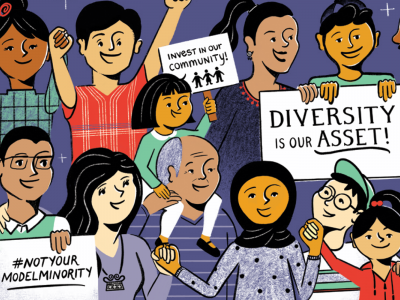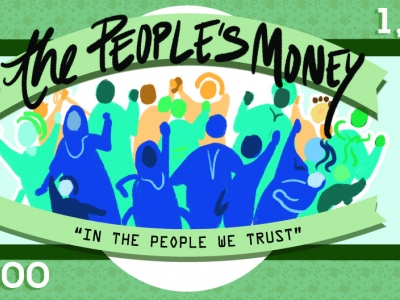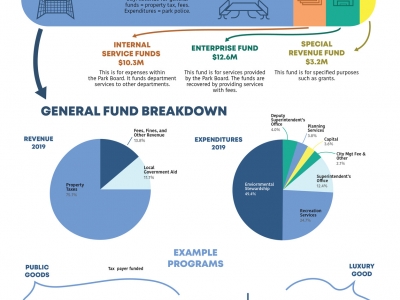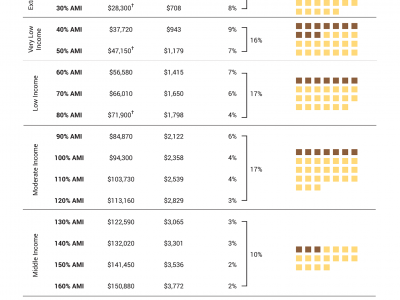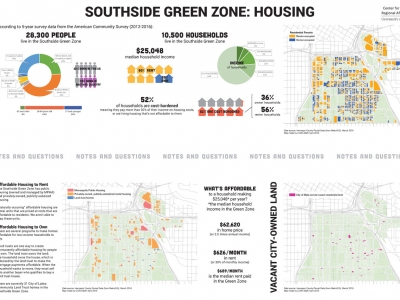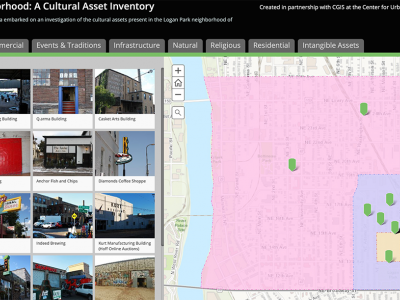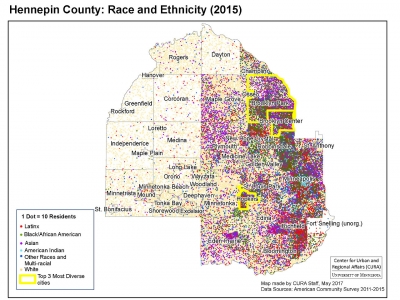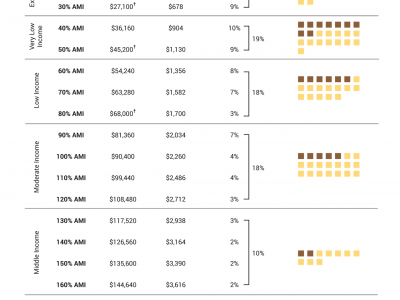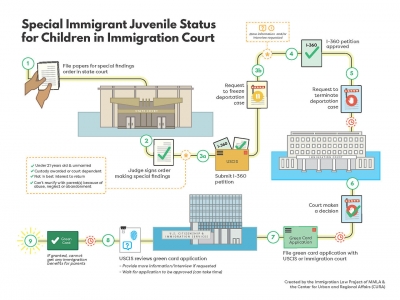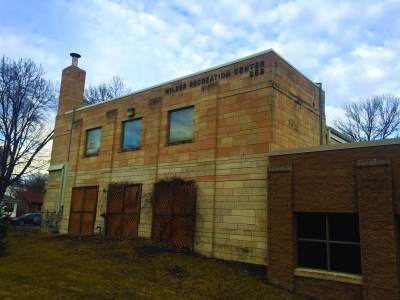Coalition of Asian American Leaders (or CAAL) has proactively led a campaign urging our government and private institutions to collect and use disaggregated data that more accurately reflects Asian American experiences. This way, solutions crafted to achieve equitable social, economic, and health outcomes will be more responsive and relevant.
This winter, CAAL staff, designer Khou Vue, and CURA worked together to create a visual snapshot of The Factors Impacting the Economic Wellbeing of Asian Minnesotans. The infographics in this brochure-poster are selected from a CURA…
